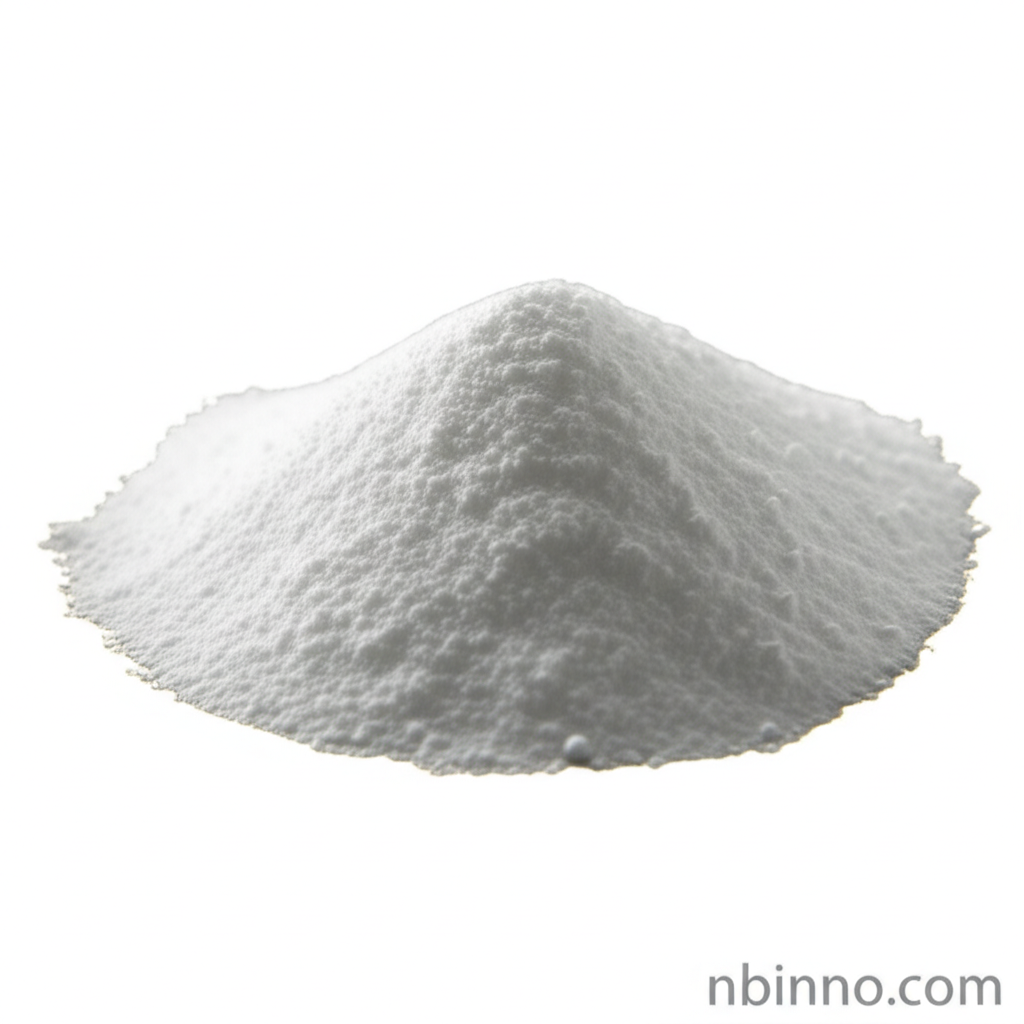4-Methylumbelliferone (Hymecromone): A Versatile Fluorescent Probe and Enzyme Inhibitor for Research and Development
Discover the multifaceted applications of 4-Methylumbelliferone (CAS 90-33-5), a key compound in biochemical research, enzyme assays, and the development of advanced biosensors.
Get a Quote & SampleProduct Core Value

4-Methylumbelliferone
As a reliable supplier in China, we offer 4-Methylumbelliferone (Hymecromone, CAS 90-33-5), a crucial chemical intermediate for various scientific applications. Its unique fluorescent properties and inhibitory actions make it invaluable for understanding enzyme kinetics and biological processes. We are committed to providing high-quality products to support your research needs.
- Leverage 4-Methylumbelliferone enzyme inhibitor capabilities for precise biochemical studies.
- Utilize Hymecromone as a fluorescent probe for accurate enzyme activity assays in various biological contexts.
- Investigate the anti-cancer activity of 4-Methylumbelliferone by understanding its impact on cellular processes and extracellular matrix components.
- Source CAS 90-33-5 research chemical for advanced applications, including the development of novel biosensors and diagnostic tools.
Advantages Offered by the Product
Enhanced Enzyme Assays
The use of 4-Methylumbelliferone as a fluorescent probe significantly enhances the accuracy and sensitivity of enzyme activity assays, allowing for detailed studies of enzyme kinetics and function.
Versatile Research Applications
From studying hyaluronidase activity to its role in cancer research, this compound's diverse applications make it a cornerstone for biochemical and biomedical investigations.
Reliable Sourcing from China
We provide a dependable supply of high-purity 4-Methylumbelliferone, ensuring researchers have access to quality materials essential for reproducible results.
Key Applications
Enzyme Activity Measurement
Employ 4-Methylumbelliferone as a fluorescent substrate to monitor and quantify the activity of various enzymes, aiding in drug discovery and biochemical pathway analysis.
Biosensor Development
Its fluorescence properties are leveraged in creating sensitive and selective biosensors for detecting specific analytes in biological and environmental samples.
Cancer Research
Investigate the potential anti-cancer properties of 4-Methylumbelliferone, particularly its role in inhibiting hyaluronan synthesis and its impact on cancer cell invasion and metastasis.
Biochemical Research
Serve as a critical research chemical for a broad spectrum of biochemical studies, including those involving extracellular matrix dynamics and cellular signaling.
